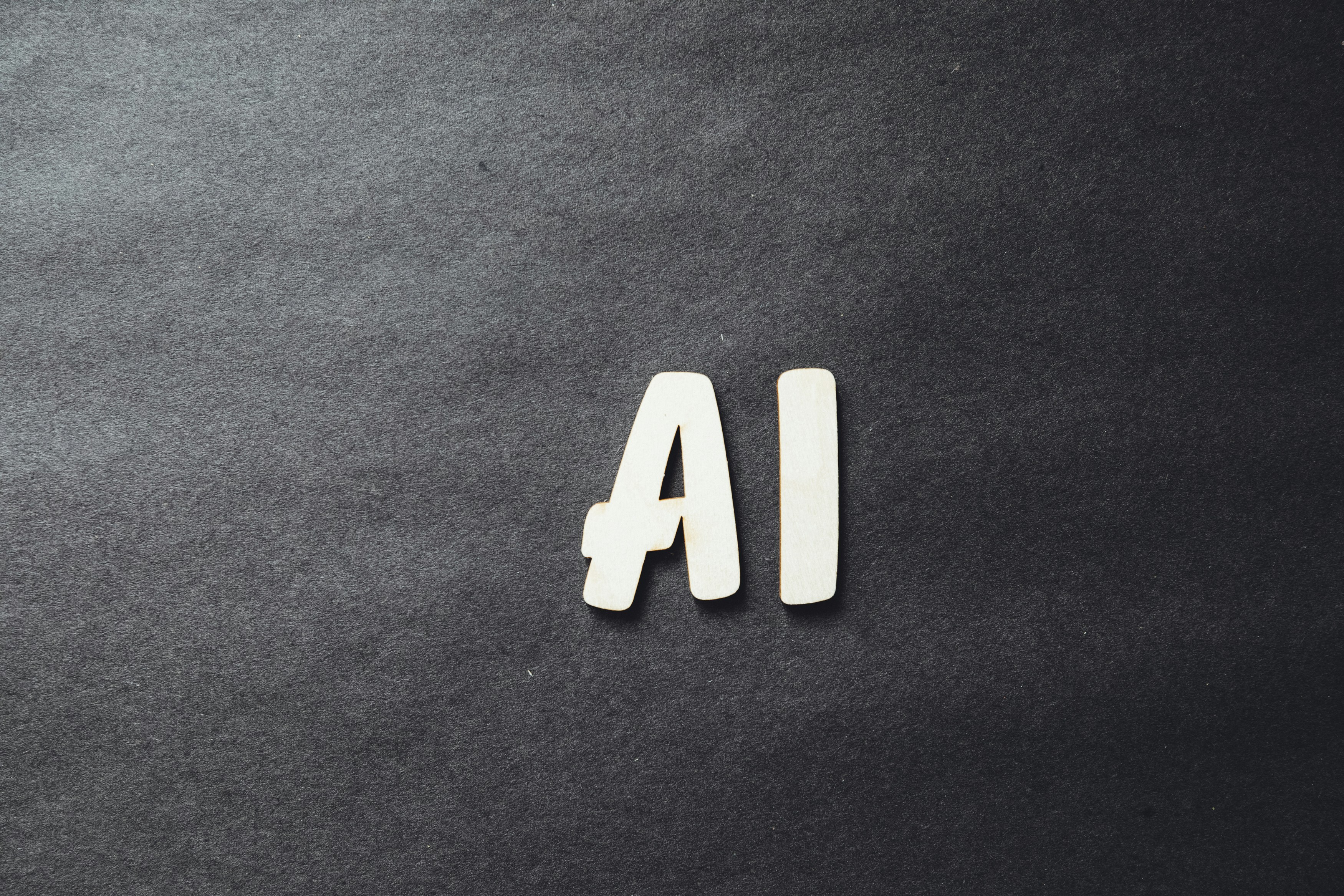The Silent Revolution: AI Tools Redefining Remote Work Skills
As we accelerate into an era defined by digital transformation, the interplay between artificial intelligence (AI) and automation is reshaping our work environments—especially in remote settings. The evolution of AI tools hasn’t just automated mundane tasks; it has sparked a silent revolution in employee roles and skill development. This article delves deep into how automation is molding the future of work, influencing collaboration, shaping skills, and boosting job satisfaction amid remote dynamics. Buckle up for engaging case studies, real-world examples, and insights that reveal automation's dual role as both a challenge and an opportunity for workforce evolution.
Understanding AI-Powered Automation
AI-powered automation refers to using advanced algorithms and machines to perform tasks that typically require human intellect or effort. From chatbots that manage customer inquiries to machine learning systems that analyze vast data sets for strategic insights, the landscape of AI tools is ever-expanding. The beauty of these technologies lies not just in their ability to take over repetitive tasks but in their potential to elevate the roles of employees. Automation acts as a catalyst for change, prompting professionals to upskill and adapt, ultimately redefining career trajectories in remote work environments.
The Shift in Employee Roles
With the integration of AI tools, the landscape of employee roles is changing dramatically. No longer confined to traditional boundaries, many employees now find themselves in hybrid roles that encompass both human expertise and machine collaboration. For instance, consider how AI-assisted data analytics allows marketing professionals to focus more on creative strategies rather than mundane data processing. This shift necessitates new skill sets—critical thinking, emotional intelligence, and digital literacy are now paramount as businesses harness technology for competitive advantage.
Case Study: A Retail Giant’s Transition
Take a closer look at a major retail chain that adopted AI tools for inventory management and customer engagement. Previously, employees spent countless hours managing stock levels and responding to customer queries. By implementing AI-driven systems, the company significantly reduced operational workloads while empowering cashiers and stock clerks to take on roles as customer experience champions. The skill development was immediate; training sessions focused on emotional intelligence and proactive customer engagement reshaped the employee experience into a more gratifying and fulfilling journey.
This shift was not without its challenges; some employees expressed anxiety over a perceived threat to job security. Yet, the company proactively addressed these concerns by offering reskilling programs, emphasizing that automation serves as an enhancement rather than a replacement. This approach allowed frontline workers to embrace their evolving roles, thereby increasing overall job satisfaction.
Embracing Skill Development
AI tools in remote work settings demand a new emphasis on continuous education and skill diversification. As traditional job roles evolve, the value of lifelong learning becomes more pronounced. Companies are now inclined to invest in online training programs that equip employees with skills compatible with AI technologies. According to a study by the McKinsey Global Institute, nearly 50% of employees will have to reskill by 2030 due to automation—creating a pressing need for organizations to prioritize employee development.
Investing in Lifelong Learning: A Best Practice
A global tech firm that understood this paradigm shift incorporated regular online training sessions focused on reskilling in AI and data literacy. Their strategy included partnerships with educational platforms to provide employees with access to relevant courses. This forward-thinking approach not only led to a better-prepared workforce but also fostered a culture where continuous learning was seen as an investment rather than a burden.
For insights on how organizations are transforming their workplace cultures through AI tools, check out this article.
Balancing Automation and Human Touch
While AI can efficiently handle many tasks, the human element remains irreplaceable. Emotional intelligence, empathy, and interpersonal skills are becoming cornerstone traits that distinguish human workers from AI systems. This column is essential in preserving workplace culture and nurturing employee morale, particularly in isolated remote work settings.
The Role of Emotional Intelligence
A notable case emerges from a boutique consulting firm that fell victim to the isolating effects of remote work. After implementing AI-powered tools to streamline operations, the firm noticed a decline in employee engagement and morale. To remedy this, they introduced workshops aimed at enhancing emotional intelligence and fostering stronger relationships among team members. Investing in interpersonal skills meant that, even in a remote setup, employees felt connected and valued, while AI took care of task management.
You can explore more on how AI tools can enhance employee wellbeing through predictive analytics in this post.
Collaboration in the Age of Automation
The enhancement of collaborative efforts through AI tools is significant. When employees work remotely, maintaining synergy and connection becomes essential. Here, AI can serve as a facilitator, breaking down barriers that distance places between colleagues. Through intelligent platform integrations, employees can access collaborative tools that mimic the spontaneity of an office environment, enhancing communication and project management.
Leveraging AI for Enhanced Collaboration
Imagine a financial services organization utilizing AI-driven project management software that not only assigns tasks but also suggests optimal team configurations based on past project performance metrics. Consequently, remote teams can work more cohesively, drawing on collective strengths instead of being hampered by geographical limitations. By understanding how AI streamlines collaboration, organizations can fortify team cohesion and overall productivity.
For a broader perspective on how AI serves as a new consultant in business decision-making, you can read this insightful article.
The Impact on Job Satisfaction
A pivotal question arises: how does the integration of AI tools impact job satisfaction in remote work? Surveys indicate that when employees feel equipped with the necessary tools and skills to excel, job satisfaction typically increases. Moreover, those employees who actively engage in lifelong learning—through courses, webinars, or internal workshops—report higher levels of career fulfillment.
Fostering an Engaged Workforce
Take the example of a startup in the tech sector that, through an AI-driven employee feedback system, gauged team morale in real-time. By implementing changes based on employee input, the startup cultivated an environment where workers felt their voices mattered, combining AI insights with human-centric approaches. This blend sparked engagement ranging from team challenges to co-creating company values, showcasing how employee feedback can enhance overall job satisfaction.
Challenges That Come with Embracing AI
However, not all aspects of AI implementation are smooth sailing. The transition towards an increasingly automated workplace may come with unique challenges, especially regarding employee feelings of management trust. Issues surrounding AI surveillance, privacy concerns, and job displacement can generate resistance to automation initiatives if not addressed transparently.
Navigating the Trust Factor
An enterprise software company faced backlash when employees felt monitoring software invaded their privacy. In response, leadership took a step back to reassess their approach. They held open forums to address concerns, clarifying the purpose behind surveillance tools—to enhance productivity and not to micromanage. By fostering transparency, they rebuilt trust, ultimately paving the way for smoother reliance on AI systems.
Final Thoughts: Moving Forward in an AI-Driven World
As AI tools become indispensable in the modern workspace, employees and organizations alike must embrace adaptability. The rapid evolution of remote work necessitates a proactive approach to skill development and collaboration, heralding new opportunities for innovation and engagement.
To ensure success, organizations must prioritize not only technology but also the human element—fostering emotional intelligence, collaboration, and career fulfillment. By embracing these principles, businesses can harness the power of AI while redefining roles in ways that benefit employees and drive collective success.
As you stand on the brink of this revolution, consider what your organization can do today to support your employees in developing the necessary skills for tomorrow’s remote landscapes.
For further insights on how to enhance customer relations with AI-driven emotional intelligence, check out this article.












